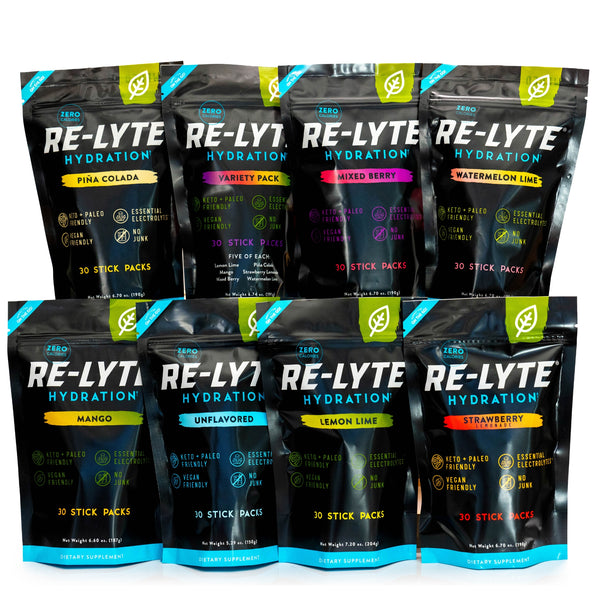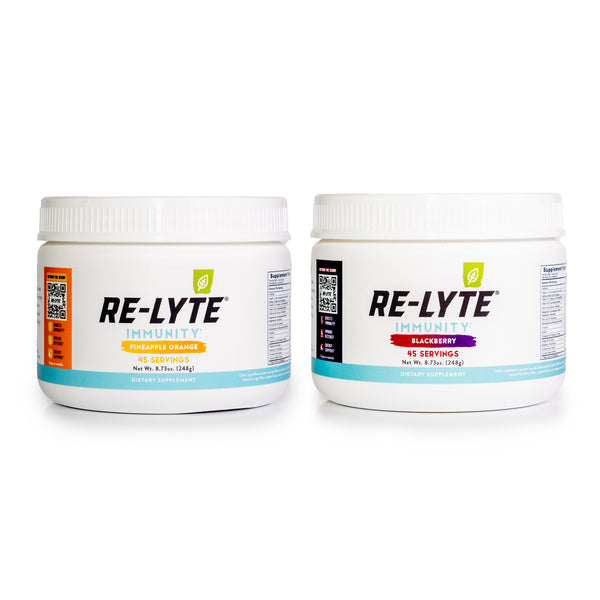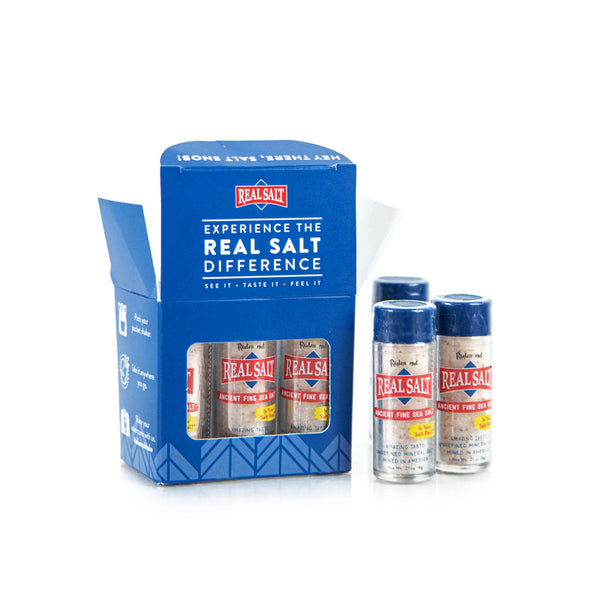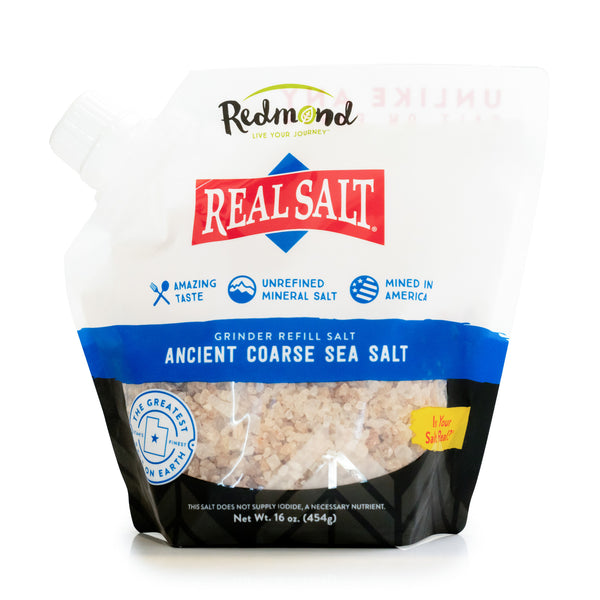40+ Foods That Replenish Your Electrolytes

Article at a Glance:
- If you plan to be active or outside this summer, getting plenty of electrolytes is important.
- In addition to natural electrolyte mixes such as Re-Lyte, you can also increase your electrolytes through what you eat.
- Here are some foods that can help you increase your intake of electrolytes.
We love Re-Lyte! It gives us a balanced mix of essential electrolytes with every delicious sip (or chug). Although we know Re-Lyte is pretty great, it isn’t the only way to get electrolytes—the food you eat can be a great source of those important minerals. With the summer heat and increase in outdoor activities, it’s important to bump up your electrolyte intake. So in addition to stocking up on Re-Lyte, here are foods high in the primary electrolytes that will help keep you hydrated this summer.
Calcium

Many of us grew up hearing the commercials that milk “does a body good” because it’s rich in calcium. It’s true that dairy products (milk, yogurt, cheese) are a solid source of calcium, but there are other healthy options:
- Leafy green vegetables—Kale, Bok choy, spinach, collard greens, etc.
- Broccoli
- Beans, chickpeas, lentils
- Soybeans, edamame, and tofu
- Almonds and almond milk
- Brazil nuts, walnuts, pistachios, hazelnuts, macadamia nuts
- Seeds—chia, sesame, poppy, celery, flax
- Some fruits—Figs, blackcurrants, blackberries, raspberries, apricots, kiwi, oranges, pineapple
- Amaranth
- Oatmeal
- Salmon and sardines
Magnesium

Getting enough magnesium can help with hundreds of bodily processes—headaches, muscle fatigue and soreness, and even bowel movements. Good food sources of magnesium include:
- Leafy greens, especially kale, spinach, collard greens, turnip greens
- Avocados
- Nuts—almonds, cashews, peanuts, Brazil nuts
- Legumes—lentils, beans, chickpeas, peas, soybeans
- Seeds—pumpkin, chia, quinoa, flax
- Whole grains
- Some fatty fish—salmon, mackerel, halibut
- Bananas
- Dark chocolate (our personal favorite)
Chloride
Chloride is paired with sodium in salt (hopefully, it’s Real Salt!), so most people get the chloride they need in the salt they eat. Food sources of chloride include:
- Tomatoes
- Lettuce
- Celery
- Olives
- Rye
- Seaweed
Sodium
Poor sodium. It’s been unfairly villainized for so long that we often forget how vital it is to health. If you’re reading this, you know that all sodium is not the same. What matters is whether you get your sodium from natural, unrefined salt or highly processed table salt. But we digress. In addition to Real Salt, some healthy sources of sodium include:
- Dairy
- Eggs
- Clams
- Unprocessed meats
- Celery
- Beets
Potassium

Potassium is abundant in a wide variety of foods, but most Americans don’t get nearly enough. Why? Part of the problem is the modern, highly-processed diet. If you want to add more potassium to your diet, pick a few favorites from the list below and add them to your cart on your next trip to the grocery store:
- Fresh fruit: avocado, watermelon, oranges, pomegranate, bananas, cantaloupe, honeydew, apricots, grapefruit
- Dried fruit: prunes, raisins, dates, apricots
- Broccoli
- Leafy greens such as spinach, Swiss chard, beet greens
- Tomatoes
- Starchy vegetables such as potatoes, yams, sweet potatoes
- Squash, zucchini, cucumbers
- Legumes—chickpeas, lentils, beans, peas, peanuts
- Whole grains
- Dairy—milk and yogurt
- Unprocessed meat and fish
Share your thoughts! What are your favorite electrolyte-rich foods?
Sources
- Calcium Fact Sheet–National Institutes of Health
- Foods High in Calcium–WebMD
- Magnesium Fact Sheet–National Institutes of Health
- Magnesium-Rich Foods–Cleveland Clinic
- Which Foods Contain the Most Chloride–Dove Med
- Sodium Sources–American Heart Association
- What’s Really Behind Your Blood Pressure–Redmond.Life
- Potassium Fact Sheet–National Institutes of Health
- Foods Rich in Potassium–WebMD












